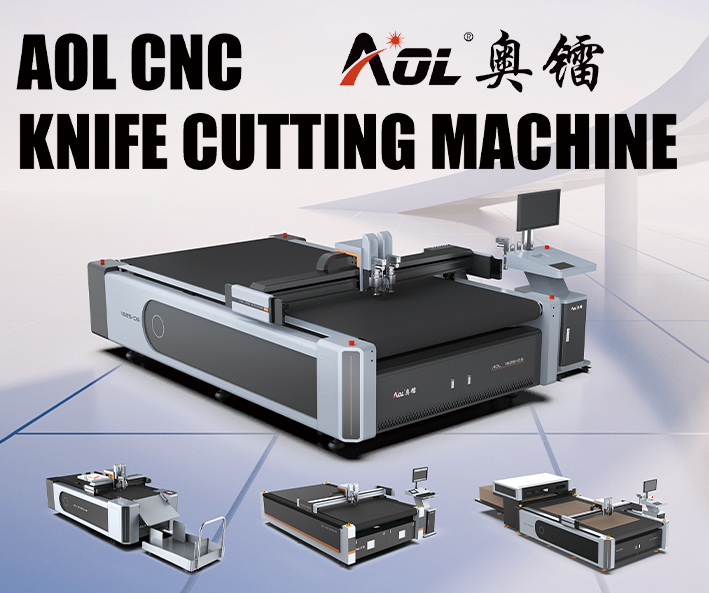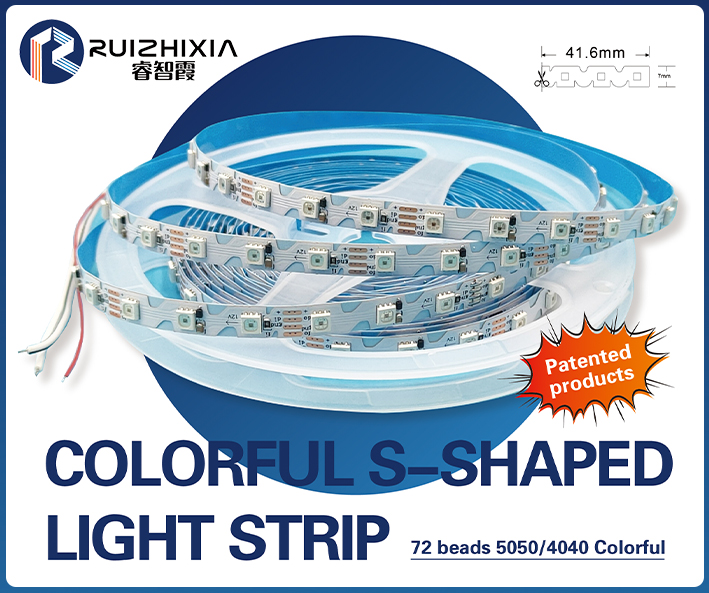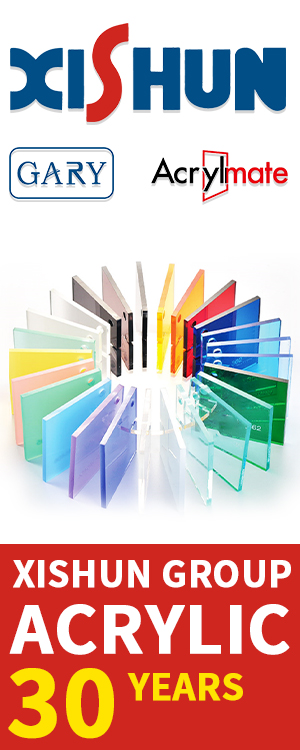I started ARTeffects (now ARTfx ) Jan. 1, 1983, primarily as a 2D-graphics business specializing in sign and billboard design. Shortly after, I purchased the second-ever Gerber Scientific Products Signmaker IV (serial #02). It was a novel piece of machinery for the time and the granddaddy of today’s automated sign equipment. Initially, I used the machine to assist with graphic layout, but its vinyl-cutting capacity steered me toward my company’s inevitable fate for the next 25 years to come – signmaking.
We have enjoyed the sign business, but felt the need to expand beyond its confines. In the past dozen or so years, ARTfx systematically ventured toward related forms of fabrication, including decorative architectural components, custom lighting and corporate art programs. As successes mount, our company continues the natural expansion of existing skills born within the sign trade and my fine-art background.
EXTERNAL V. INTERNAL
Designing and manufacturing light fixtures particularly complements our sign work. Although we now build custom lighting for all purposes, we still focus on external sign illumination. We’ve built hundreds of internally illuminated signs, but we never hesitate to push external light sources. After more than 40 years in the sign trade, I increasingly find illuminating a subject from the outside enhances definition of form with pronounced shadowing and sets the stage for more dramatic dimensionality. Within this realm, we also use hybrid lighting sources – instances in which we mix two external light sources or an internal light source with an external light source. Using one light source in conjunction with another often requires prototyping on a smaller scale because the results can be part science and part surprise.
For a variety of long-building mounted signs, we have replaced the classically clunky and often multiseamed 8-ft. fluorescent-strip light with LED-strip fixtures as thin as 2 in. (semi-circular, square and triangular in profile) and as long as 30 ft. without a seam. For freestanding signs, concealed wash lighting tucked tightly into a crown molding increasingly replaces exposed ground lights. Lawn mower disasters are eliminated. In northern states, where snow can bury ground lighting or snowplows can pluck them clean, worries subside when the light sources are removed from harm’s way.
In time, methodical experimentation will lead sign manufacturers toward practical and pleasing solutions in the art of external lighting. Decisions such as how far to place a light fixture from the subject matter, or what width of beam to use or how to employ the proper light color will become routine. ARTfx has developed a variety of proprietary techniques for lighting signs externally. Each one of them has been carefully derived through time-honored trial and error. We’ve also made our share of humiliating mistakes, too.Jenkinson’s – 3000K reflected lighting off canopy interior
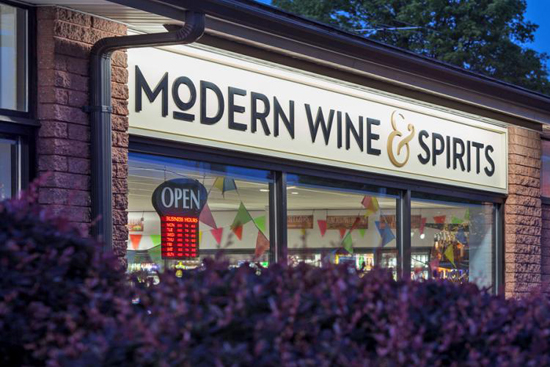
Basic lighting considerations include:
• Kelvin light temperature: This scale ranges from 1000K (warm amber) to 10,000K (frosty blue white). 5000K is generally considered the most basic white light. For years, the sign trade almost exclusively depended on 6500K as the “go to” white because of its perceived ultra-brightness – almost like laundry detergent that bleaches whites beyond white. I prefer 3000-5000K because the color rendering is truer to the spectrum mix of natural light – the hues of the sun from dawn until dusk. Additionally, studies have shown that the warmer portion of the color spectrum is more uplifting to the human psyche.
Today’s lighting designers favor specifications hovering around 2700-3500K. So, if you come into a situation involving a knowledgeable lighting consultant calling the shots, you better have informed reasoning to suggest 6500K – a shtick to which the sign industry has blindly resorted for far too long.
• Luminosity: Measured in lumens, the brighter the light, the higher the lumen rating. In the world of LEDs, far less power is required to produce lumen levels previously limited to incandescent, fluorescent, neon, cold cathode and HID light sources. For general reference, a 100W incandescent light bulb or its LED equivalent yields 1600 lumens. A 3 x 3-ft. sign panel can be properly lit from a 2- to 3-ft. distance using a narrow flood 60W LED equivalent depending on beam width and angle.
As a basic rule, the farther a light source is located from its subject matter, the greater the luminosity required. However, it is important to light the subject matter in a method producing a beam focused to its form and in a manner that will not “bleed” light beyond its edges. In the instances of double-sided roadside monuments or post and panel signs, it is extremely important to consider oncoming traffic. Drivers passing by a sign should not be confronted with errant, blinding light coming from its opposite side.
Over-lighting is probably more endemic to the sign trade than under-lighting. Both result in legibility problems. Additionally, you must be careful when using glossy or reflective backgrounds. Glare is a problem that can be controlled with lower-luster surfaces.
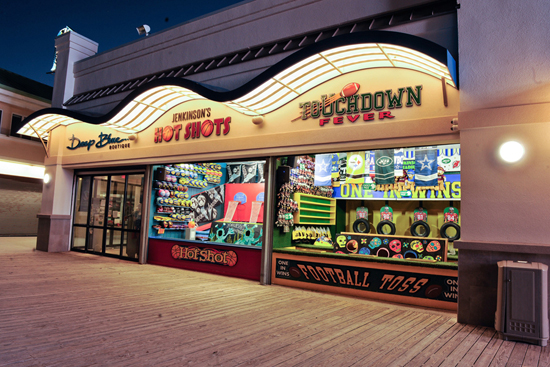
• Color Rendering Index: Lighting consultants can rub your face in this bit of technicality, but simply put, the color rendering index, or CRI, is a 1-100 measuring system that rates the level of correct color a light source brings to subject matter. If an apple looks purple with
green highlights under a particular light source, that light source will get a very low CRI. The sun rates 100 and is considered the truest light source within the CRI measuring system. On the contrary, some fluorescent lights come in at a dismal rating of 50. They render garish, undesirable hues.
I learned a valuable lesson firsthand many years back when we blindly installed neo-blue argon tubing around the bar at a popular local eatery. Shortly after, the restaurant owner complained that his steak sales had fallen through the cellar because the meat looked green under the eerie blue argon. In a swift and costly response, we changed the tubing to warm pink.
Oddly, the CRI does not completely correlate to the Kelvin scale. In the same way a painter can mix up a specific shade of brown using many core color combinations, two light sources identical in hue can be derived from totally different color ancestry. And while one rates a 90 on the CRI scale, the other can come in at a lower 75.
• Beam Angle: Picture a spotlight on a sole performer in a play or at a concert. The beam is 100% targeted due to careful shuttering. This is not easy to do with stock fixtures, which is one of the major reasons we began making our own. In the early days of LED diodes when the beams were never much greater than 90°, traditional light sources continued to dominate. Argon tubing, cold cathode and fluorescent produce 360° beams, which for years generated tons of ambient lighting. Today, many energy-conscious critics consider that ambient lighting nothing more than wasted energy. By contrast, certain LED diodes can now generate very close to 180° light beams, most of which are scientifically targeted. The diode lenses are designed to skew much of the light away from the center and toward the sides, producing uniform spreads of light in confined spaces.
On the flip side of the LED spectrum, narrow-beam diodes, particularly those focused 40° and under, can wash objects with light by merely glancing their surfaces. These narrower beams can also light up condensed areas at great distances without substantial beam spread. We use a gamut of beam angles depending on the intended purpose.
When Kelvin temperature, luminosity, CRI level and beam angle merge harmoniously, the results are self-evident. For the best and easiest way to achieve success, please consult one of the larger LED manufacturers now featuring their own pre-engineered external light fixtures. I would highly recommend purchasing those stock fixtures whenever possible to control labor costs. Good luck!




